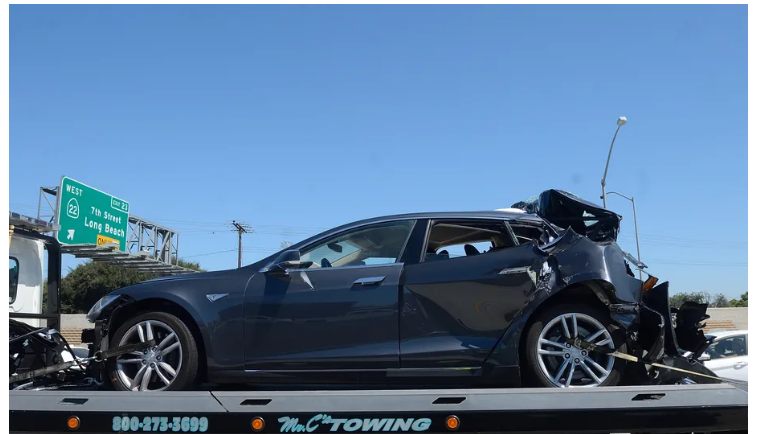The Google subsidiary Waymo is operating autonomous ride sharing in an area of Phoenix; they've been testing in San Francisco, and recently announced they were going to New York. Nuro has been autonomously delivering Domino's Pizzas in a Houston suburb for a couple of years. Tesla has rolled out its Full Self-Driving Capability to about 11,000 beta testers/safety drivers (YouTube videos abound). Meanwhile OEM suppliers have provided Level 2 Autonomous capability to dozens of current models.
Levels
The Society of Automotive Engineers defines levels of autonomous driving systems. Here's my take on the key points.
- Level 2 - The car controls two aspects of driving (typically speed and keeping in the lane) under some circumstances, with an attentive human driver responsible for safety.
- Level 3 - Like Level 2, except that the human driver needn't supervise the system, but must be quickly available to take over if the system requests help.
- Level 4 - The car can drive in specified circumstances without the requirement of a human driver.
- Level 5 - The car can drive in any circumstances a human can, and no driver is needed.
Implications are huge for the transportation industry, particularly long-haul trucking and increased mobility for the underserved and the disabled. Your Uber or Lyft vehicle may or may not come with a driver. Over a million Tesla cars in the world already have the capability to become autonomous at some level now, and perhaps at Level 4 with nothing more than a software update.

